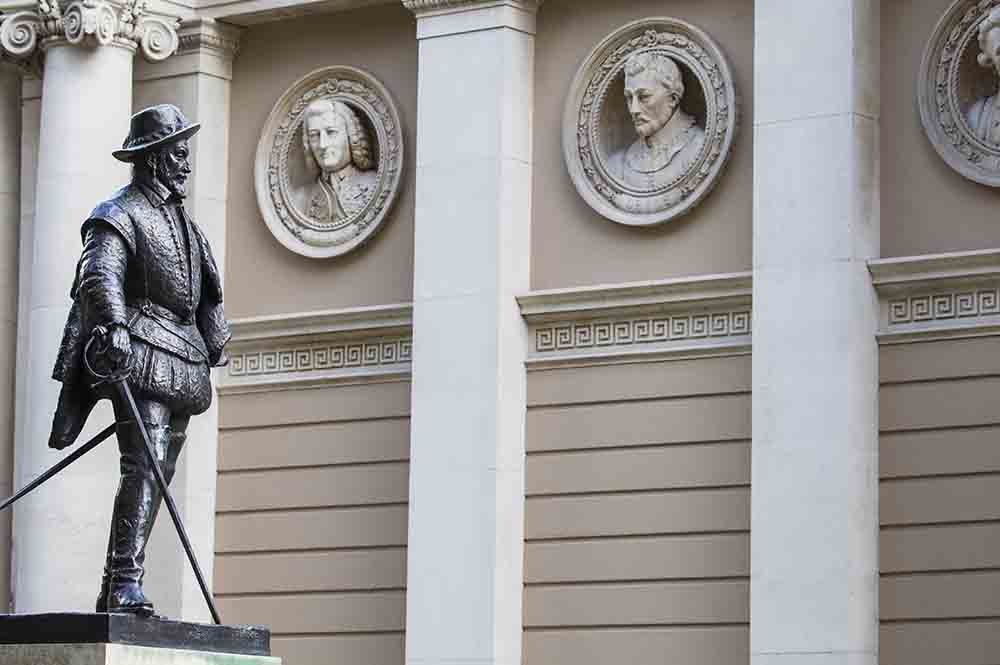The history of fish and chips
From Peru to St Andrews!
Fish and chips feels like such a British thing, doesn’t it? Here at Cromars, we believe they taste best by the sea (obviously). But whether you gobble them up in a car, in front of the telly or on the move, fish and chips (called a fish super here in Scotland) is one of the most delicious meals you can have. But from where did the dish originate?
The journey of the mighty potato
The potato was brought to Europe by Spanish Conquistadors from Peru in the 1500s. Nobody is totally sure who first brought it to England first. It was likely one of Sir Francis Drake, Sir Walter Raleigh, Sir Thomas Harriot or Sir John Hawkins. It is believed that Sir Walter Raleigh was first to take one to Ireland and they seemed to go down pretty well over there. Unfortunately it isn’t recorded who first brought the humble spud over the border to Scotland, but we are forever grateful.
However, it wasn’t an easy start for the tattie. Most people at the time viewed it with suspicion. It was mainly used for their animals as it was seen as ‘poor people’s food’. Fortunately, it didn’t take long before the true delights of this tuber was revealed, and the rich folk living in big houses were tucking into potato meals in Scotland from the 1600s onwards.

Fish, meet chip
Of course, combining fish with potatoes is probably something that went on for hundreds of years in South America, but we’re interested in knowing what genius decided to bread or batter their fish, cook up chunky chips and lather it all with salt and vinegar (or salt and sauce – hello to our Edinburgh visitors!).
Consensus seems to be that the first fish and chip shop was opened in London by Joseph Malin in 1860. However, we know that fried fish had been around for a while before this. It seems likely that the first vendor has been lost to history. Here in Scotland, it is believed that Belgian immigrant, Edward De Gernier, was the first person to sell chips in the country in Dundee from the 1870s.
Battering your fish meant it could be held in your hand and eaten wherever you wanted. Back then, it was common for fish and chips to be wrapped in yesterday’s newspapers and eaten straight from there. Printer’s ink was said to add a special flavour! Combining fish with chips seemed like a convenient meal for the working class, and it soon took off.

An interesting difference between fish and chip dinners between Scotland and England is that up here, we tend to serve haddock. If you go to England – especially the further south you go – you will more likely be served cod. It’s not just that cod numbers are dwindling and is an unsustainable fish to catch and eat at the moment, but we think haddock is far superior in taste! Don’t believe us? Pay us a visit!
A modern fish and chip restaurant
Finding out about the history of fish and chips is fine, but getting your knashers into a freshly cooked fish…well, there’s nothing quite like it. So the next time you are in St. Andrews, make sure you pop along to Cromars for a taste of our fine fish suppers!
